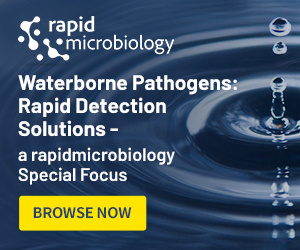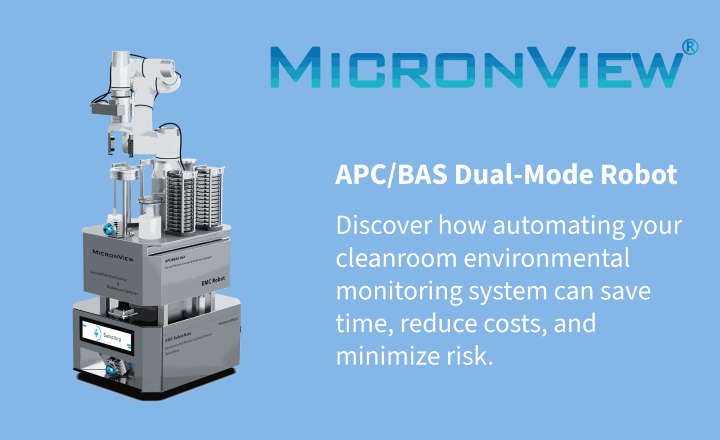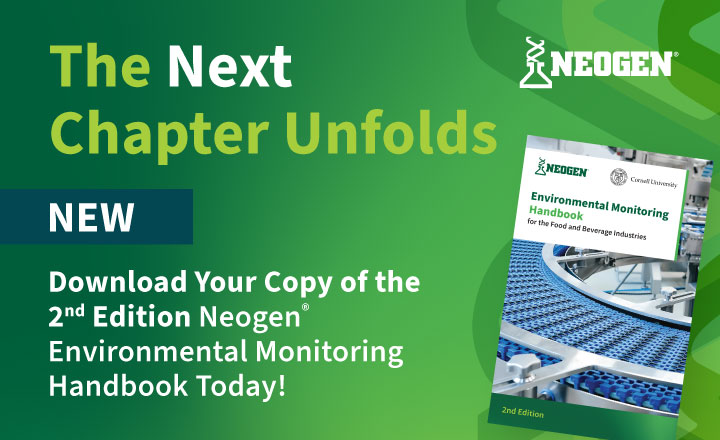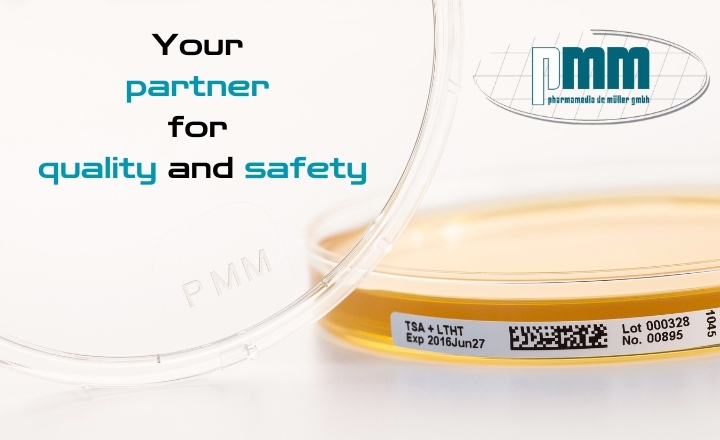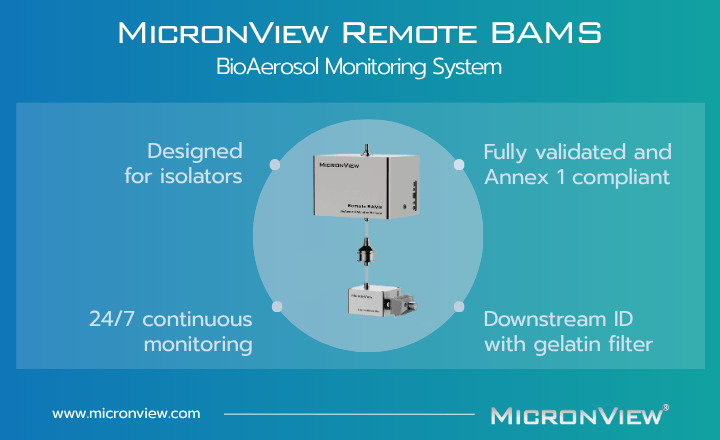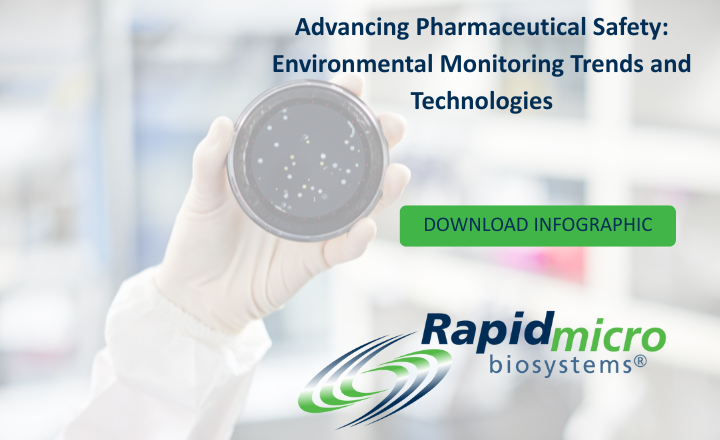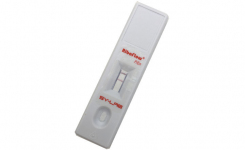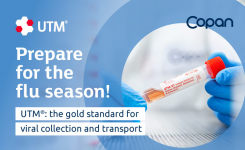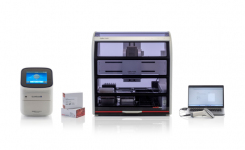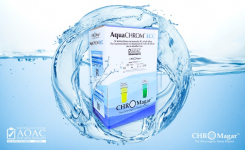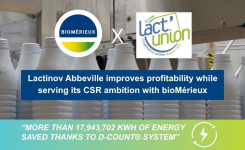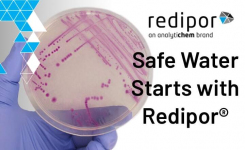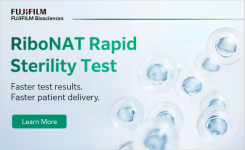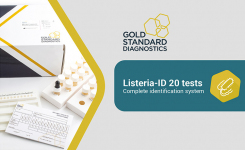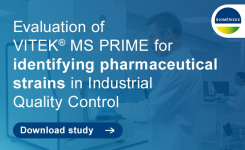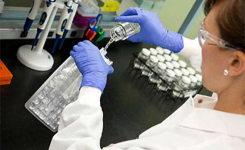The latest innovation in rapid microbiology method (RMM) instrument technology is real-time viable detectors, like TSI's BioTrak™ Real-Time Viable Particle Counter.
This technology provides unique benefits for microbial contamination monitoring. Simply stated, by knowing what is happening when it's happening, Quality Assurance can address excursions immediately, not waiting for the lengthy results from sampling tests.
The BioTrak Particle Counter has three distinct measurement capabilities, providing maximum awareness of particulate levels present in manufacturing clean room environments. It measures total particulate count by incorporating an ISO-21501-4 compliant optical detection engine based on TSI's field proven AeroTrak™ Airborne Particle Counters.
Particle viability is determined using TSI's patented LIF technology developed over the past 20 years in TSI's biological threat detection products, but optimized for the pharmaceutical application. LIF determines particle viability by monitoring intrinsic fluorescence of cell metabolites associated with cell viability. When excited by 405 nm laser light, viability metabolites such as flavins and NADH intrinsically fluoresce, or emit light, that is collected and analyzed.
The BioTrak Particle Counter uses two channels of fluorescence along with particle size in its discrimination of particles to better differentiate between viable particles from non-viable particles. Finally, the exact same optically analyzed particles are then collected onto a filter for off-line speciation.
The BioTrak Particle Counter incorporates all this capability into a single product operated through an intuitive Graphical User Interface containing the features found in modern Airborne Particle Counters. These include sample timing, data display, alarming, external data exchange, CFR 21 Part 11 compliant data analysis software, and potential integration with TSI's FMS facility monitoring software. The BioTrak Particle Counter's aerosol performance has been fully characterized by TSI's aerosol scientists and engineers.
Particle viability is determined using TSI's patented LIF technology developed over the past 20 years in TSI's biological threat detection products, but optimized for the pharmaceutical application. LIF determines particle viability by monitoring intrinsic fluorescence of cell metabolites associated with cell viability. When excited by 405 nm laser light, viability metabolites such as flavins and NADH intrinsically fluoresce, or emit light, that is collected and analyzed.
The BioTrak Particle Counter uses two channels of fluorescence along with particle size in its discrimination of particles to better differentiate between viable particles from non-viable particles. Finally, the exact same optically analyzed particles are then collected onto a filter for off-line speciation.
The BioTrak Particle Counter incorporates all this capability into a single product operated through an intuitive Graphical User Interface containing the features found in modern Airborne Particle Counters. These include sample timing, data display, alarming, external data exchange, CFR 21 Part 11 compliant data analysis software, and potential integration with TSI's FMS facility monitoring software. The BioTrak Particle Counter's aerosol performance has been fully characterized by TSI's aerosol scientists and engineers.
TSI's BioTrak™ Real-Time Viable Particle Counter
Please note : Any products described on this page are
for Research Use Only and not intended for clinical diagnostic procedures unless otherwise stated.




